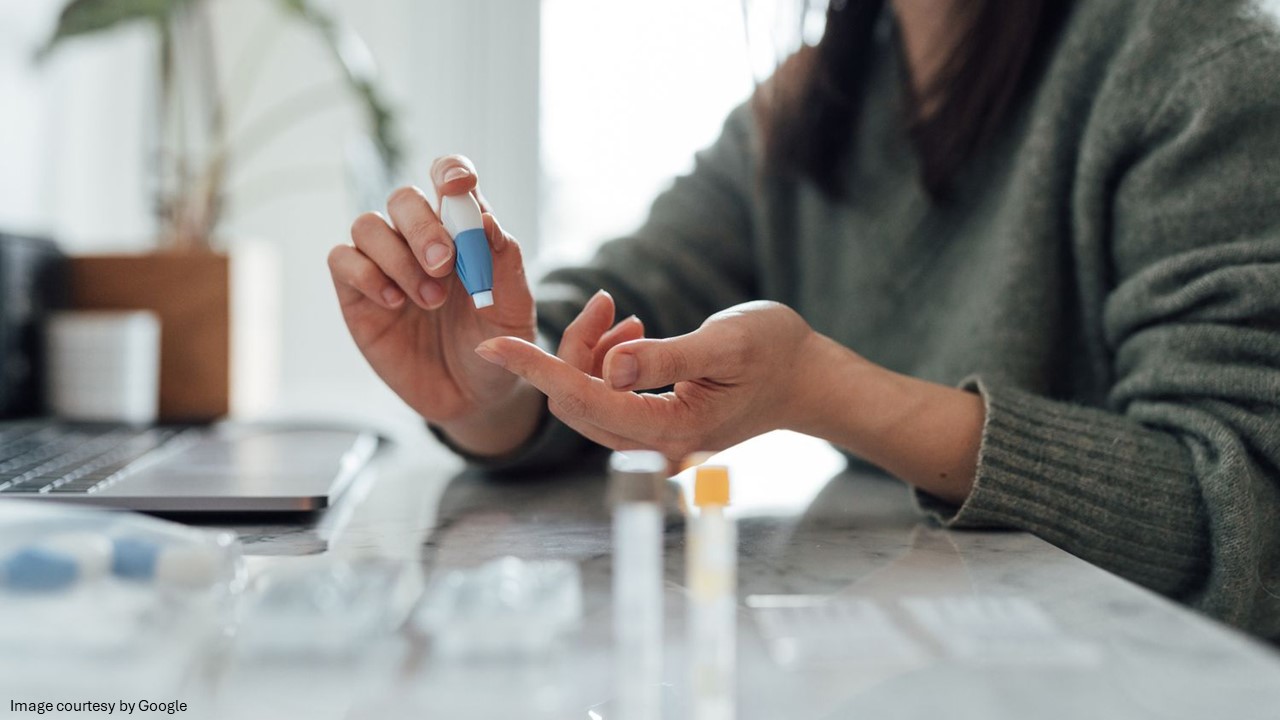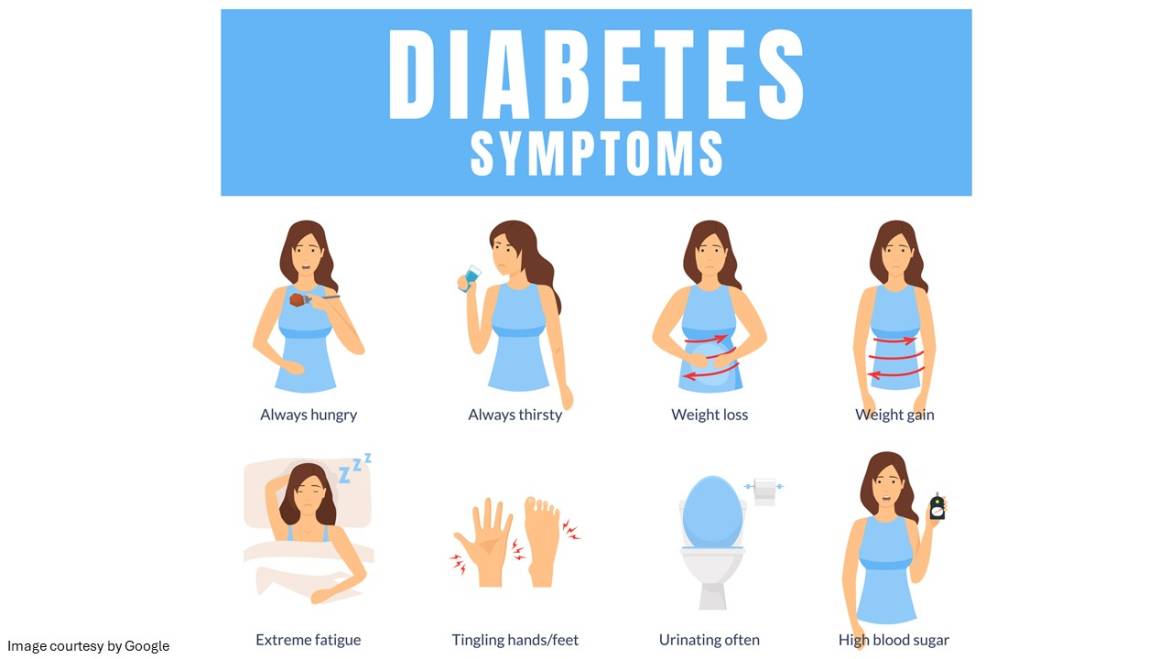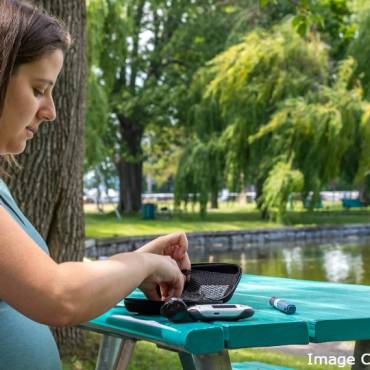Men and women may have similar symptoms and effects of diabetes. Women may additionally develop candida infections, vaginal dryness, and urinary tract infections (UTIs), among others. In some cases, there are no diabetes symptoms in women.
About Diabetes
Diabetes is a metabolic disorder when your blood sugar (glucose) is high. This condition is often referred to as hyperglycemia. Our body uses glucose for energy, and the pancreas produces insulin hormones that help convert glucose from the food we eat into energy. When the body cannot produce enough insulin or does not produce any at all, or our body becomes resistant to the insulin hormone, the glucose does not reach your cells to be used for energy. This is why individuals with diabetes have high blood sugar levels. Both men and women may develop the same symptoms, and women may develop some extra. Read on to learn more about diabetic symptoms in women.
Diabetes symptoms
The potential symptoms that can potentially affect anyone suffering from diabetes mellitus include increased thirst/hunger, fatigue, nausea, frequent urination, blurry vision, and weight loss. Wounds that heal slowly, skin infections, irritability, reduced feelings in the hands or feet, breath with a sweet/fruity or acetone-like odor, and dark patches on skin areas. These are men’s and women’s symptoms of diabetes. However, it is important to note that many people with type 2 diabetes show no symptoms at all.
There are three types of diabetes:
-
- Type 1 diabetes is also called juvenile diabetes because it usually is diagnosed during childhood. Both girls and boys may develop similar symptoms. So, one can’t define type 1 diabetes symptoms in women. Type 1 diabetes is an autoimmune condition in which the body doesn’t produce insulin because the body’s immune system attacks insulin-producing cells called beta cells in the pancreas. Type 1 diabetes mellitus is treated by using insulin.
-
- Type 2 diabetes is when cells can’t use blood sugar (glucose) efficiently for energy, and the blood sugar builds up in the bloodstream. This is the most common form of diabetes that often occurs in adulthood. This happens when blood sugar levels get excessively high over time. However, because of elevated obesity rates and sedentary lifestyles, teens and young adults are also being diagnosed with type 2 diabetes or the precursor, prediabetes. In type 2, fat, muscle, and liver cells do not respond correctly to insulin. This condition is often referred to as insulin resistance. There are some additional type 2 diabetes symptoms women may experience that you will get to know in this article below.
-
- Gestational diabetes is a diabetes that is first diagnosed during pregnancy. It is estimated that as many as eight out of a hundred pregnant women in the US develop gestational diabetes. Changing hormones and weight gain during pregnancy can affect insulin, resulting in high blood sugar. This form of diabetes usually resolves after pregnancy; women who have had gestational diabetes have a 40 to 60 percent chance of developing type 2 diabetes within 5 to 10 years. Diabetes mellitus can affect people with any lifestyle and of any age, sex, or gender. The metabolic disorder can often have more serious effects on women as compared to men.
Symptoms of diabetes in women
Women and men with diabetes mellitus may develop many of the same symptoms. However, some type 2 diabetes symptoms in women are unique. Understanding these signs and symptoms of type 2 diabetes in women may help you identify diabetes and get appropriate treatment early.
-
- Candida infections
Hyperglycemia, or high blood sugar levels, can contribute to the growth of fungi. An overgrowth of yeast caused by the Candida fungus can also contribute to the development of oral yeast or vaginal infections. These are the common infections that are also called thrush. When an infection occurs in the vagina, diabetic symptoms women can include vaginal discharge, vaginal itching, soreness, and painful sex. Oral yeast infection often contributes to a white coating on the tongue and inside a woman’s mouth.
- Candida infections
-
- Urinary tract infections (UTIs)
These are the infections that develop when bacteria enter the urinary tract. The risk is higher in women who are suffering from diabetes. UTIs are common in diabetic women because hyperglycemia compromises the immune system. UTIs can cause a burning sensation during urination, blood or cloudy urine, and painful urination. There is a risk of developing kidney infection if these symptoms are not treated.
- Urinary tract infections (UTIs)
-
- Polycystic ovary syndrome (PCOS)
Healthcare specialists are not aware of the exact cause of polycystic ovary syndrome (PCOS). This can develop when a female’s body releases excessive androgens (male hormones) and has certain risk factors, including a family history of PCOS. According to healthcare experts, the main androgens involved in PCOS are testosterone and androstenedione. Symptoms of PCOS are acne, weight gain, depression, irregular periods, and infertility. PCOS is also related to the type of insulin that improves blood sugar levels and increases your risk of developing diabetes. It is believed that insulin resistance may be either a sign or a cause of PCOS.
- Polycystic ovary syndrome (PCOS)
If you have any doubt related to the diabetes symptoms for women, please consult your health care provider.

-
- Vaginal dryness
Diabetic neuropathy occurs when the levels of high blood sugar cause damage to your fibers. This damage can trigger loss of feeling in different body parts, including feet, hands, and legs. Diabetic neuropathy may also affect sensation in the vagina, which leads to vaginal dryness. Vaginal dryness is also one of the common women’s symptoms of diabetes.
- Vaginal dryness
-
- Pregnancy for women with diabetes
If you have diabetes before you are pregnant, it is known as pregestational diabetes. If you certainly have a healthy pregnancy after getting diagnosed with type 1 or type 2 diabetes. However, managing your condition before and during pregnancy is important to avoid associated complications. Once you conceive, blood sugar and ketones travel through the placenta to the baby. Babies need energy from sugar just like you do, but they have a high risk of developing congenital abnormalities if their blood sugar levels are too high. Transferring high blood sugar to unborn babies puts them at risk for cognitive premature birth, developmental delays, and cognitive impairments.
- Pregnancy for women with diabetes
There is no cure for diabetes mellitus. Only once you get diagnosed with this condition can you manage the symptoms. It is a challenge to treat diabetes in women symptoms are different. Women may develop unique obstacles to managing their blood sugar levels. For example, some contraceptive pills can increase your blood sugar. To maintain a moderate blood sugar level, speak to your healthcare provider about switching to a low dose of a contraceptive pill. A variety of medications are available to manage symptoms and complications. Commonly used Metformin lowers your blood sugar levels in patients with Type 2 diabetes. Insulin therapy is applicable for people with type 1 diabetes. Diabetes symptoms women type 2 can also be managed through lifestyle changes (exercising, avoiding smoking, and following a balanced diet).
admin
Latest posts by admin (see all)
- What is Triluma Cream? Uses, Benefits, and How It Works for Skin - December 26, 2024
- What Causes Dark Spots? Understanding the Science of Hyperpigmentation and How Skin Lightening Products Help - December 26, 2024
- Tretinoin Gel vs. Cream: Which Formulation is Right for Your Skin? - December 20, 2024



